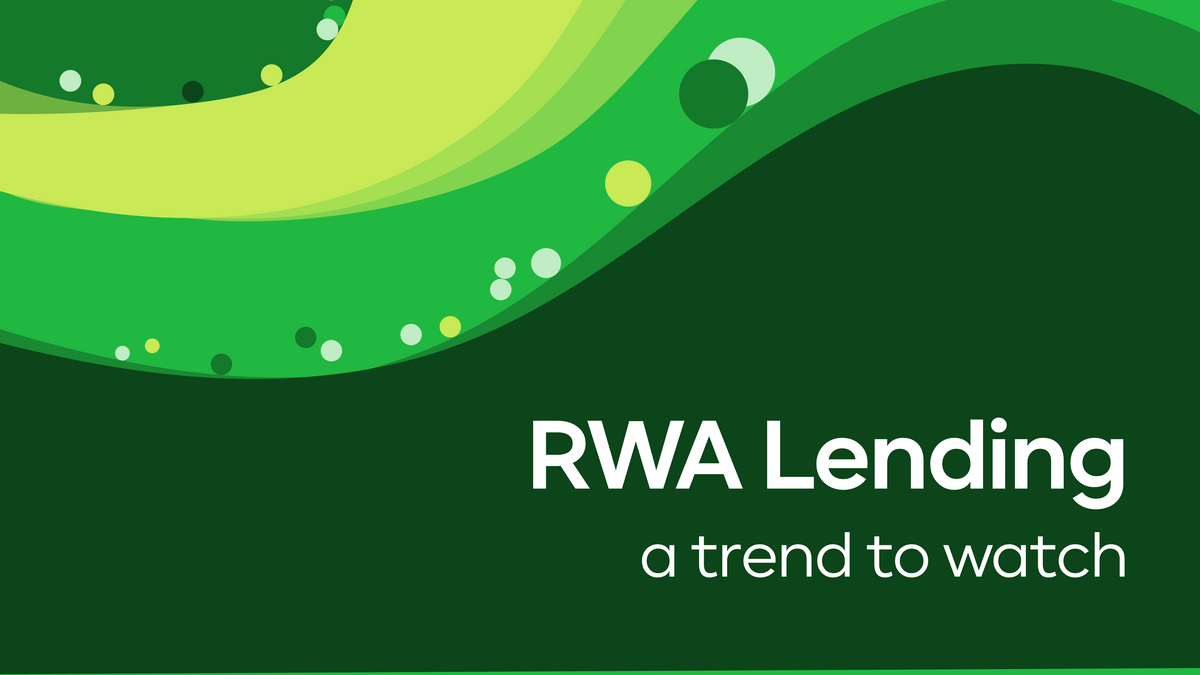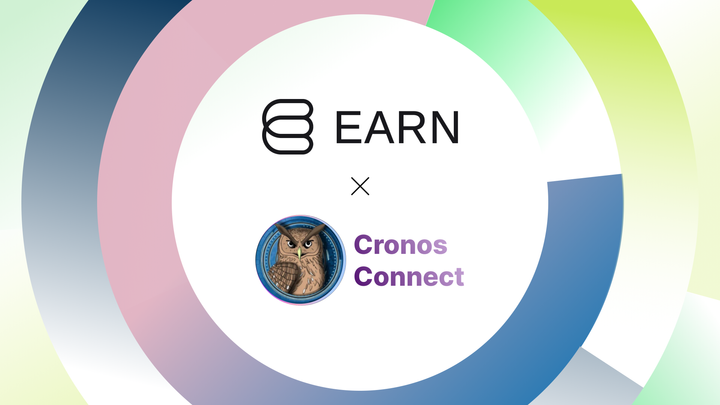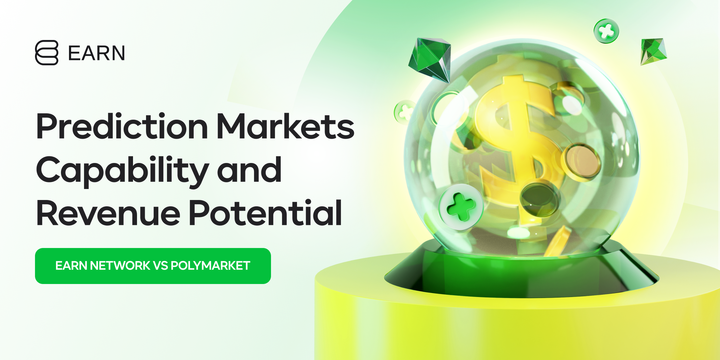RWA lending, a trend in 2023 to watch
Real-world assets (RWAs) in crypto have emerged as a promising application of blockchain technology that seeks to bridge the gap between traditional finance and the world of cryptocurrencies.

Real-world assets (RWAs) in crypto have emerged as a promising application of blockchain technology that seeks to bridge the gap between traditional finance and the world of cryptocurrencies. In this article, we will explore what RWAs are, how they work and discuss their benefits and disadvantages. We will also examine how real-world assets are integrated with decentralized finance to create new investment opportunities. They can bridge TradFi and DeFi, enabling new use cases for investors. RWAs can impact crypto loans, DeFi yield protocols, credit marketplaces, and revenue-based financing. It all leads to merging traditional and decentralized finance and creating one global market.
What are RWAs?
From the crypto perspective, RWAs are assets outside the blockchain ecosystem, such as stocks, bonds, real estate, commodities, and other tangible assets. We are talking about a trillion dollars worth of assets. The concept of RWA, which is revealing itself now, is to incorporate the advantages of blockchain technology into traditional finance and bring it to the 21st century. RWA tokens allow investors to buy fractional ownership of the equities and benefit from their value appreciation or passive income. The tokenization process includes converting them into digital tokens that can be transferred and tracked on a blockchain. This enables investors to buy, sell, or trade the entirety or fractions of the assets more effortlessly and securely without intermediaries. The most popular RWAs categories are cash, precious metals (gold, silver, etc.), real estate, debt, and insurance.

RWA tokenization involves three steps: identification, tokenization, and issuance. First, the asset is identified and verified to ensure its ownership and value. Second, asset ownership is converted into digital substitutes, and smart contracts are created to automate investment management. Finally, the tokens are issued to investors, who can buy, sell, or trade them on a blockchain.
RWAs in DeFi
RWAs can play a significant role in decentralized finance by bridging the gap between traditional finance and the blockchain ecosystem. DeFi is a fast-growing sector that aims to create a more open, accessible, and transparent financial system that is not controlled by any centralized authority. RWA tokens enable DeFi platforms to offer new investment opportunities that were not possible on a big scale, such as investing in real estate, commodities, or other assets. This can help expand the DeFi ecosystem by attracting more investors who are interested in investing but are deterred by the complexities and high barriers to entry of TradFi. RWA tokens also offer increased liquidity with non-stop availability and traceability. Their utilization in DeFi nowadays is a smidge compared to traditional finance. Hence, there is a potential for this sector to grow in the coming years. RWAs can be a fundamental factor for the sustainable crypto yield in DeFi, which is a pressing issue right now.
Moreover, RWA tokens can increase the transparency and efficiency of the DeFi ecosystem. As these tokens are recorded on a blockchain, all transactions are transparent and immutable, reducing the potential for fraud or mismanagement. The use of smart contracts can also automate the management of these investments, reducing the need for intermediaries and lowering costs. As RWAs become more popular, whole ecosystems and protocols will be built around them. Greater adoption on the institutional and retail levels will result in new investment possibilities. RWA tokens have the potential to play a crucial role in the growth and development of the DeFi ecosystem by expanding the range of investment opportunities available and making the sector more transparent, accessible, and efficient. RWA tokenization facilitates cross-border investment and enables investors to diversify their portfolios more easily. It is making investing more global.

The primary purpose of RWAs in DeFi is to set the foundations for a stable decentralized finance ecosystem accessible to anyone. It all comes down to the smart contracts, employed by developers to generate a token that represents a real-world asset, along with an off-chain assurance that it can be redeemed for the underlying asset at all times. The most common representations of RWAs, which people often forget, are stablecoins. They introduce cash to CeFi and DeFi. Of course, that is the case for USD-backed coins such as USDC (USD coin from Circle) and USDT (Tether USD). People deposit American dollars to companies' reserves to bring one or the other on-chain. Then cryptocurrencies can be issued. At the time of writing, the top 5 USD-backed stablecoins market capitalization is equal to $126 billion, according to CoinMarketCap. That is around 12.2% of the total cryptocurrency market cap.
Other good examples of RWAs utility are synthetic assets, which you can learn more about in our article "DeFi derivatives. Good, bad & ugly" [link]. Currently, the total value locked (TVL) in synthetic assets issuers is $618 million, based on data provided by DefiLlama. It is worth mentioning that TVL locked in DeFi overall is far from its peak at the end of 2021. Therefore, there is a lot of room for improvement.
Space, where real-world assets gain increasing exposure, is peer-to-peer lending. DeFi connects real-world businesses with investors who wish to enter the loan market. It offers a win-win situation for both parties. Enterprises receive instant access to capital thanks to lenders from all over the globe who seek stable returns. RWA lending is still in its infancy, and TVL in protocols is less than $6 million. Other DeFi projects, which specialize in real-world asset tokenization such as real estate, bonds (e.g. US Treasuries), or carbon credits locked together around $190 million, source DefiLlama.
As previously mentioned, real-world assets can bring a more stable yield for crypto investors. One of the most prominent DeFi protocols, MakerDAO, is pioneering diversification in the sector. By decentralized autonomous organization proposal and voting, they have invested $500 million worth of DAI stablecoin into US Treasuries and corporate bonds. It is a new attempt to generate a yield from cryptocurrency holdings. The collaborating bank is providing RWAs as collateral, and in return, it receives DAI to operate and grow its business. More partnerships like this can seriously benefit both TradFi and DeFi and provide investors with non-custodial yield from crypto.
Real-world assets & RWAs
Real-world assets can pave the way for the new generation of stablecoins. The collateral for issuing them can become more diversified. MakerDAO's DAI can be just the beginning. Not only cash or bonds will serve as reserves. We might witness DeFi protocols experimenting with real estate, precious metals, and other assets. Furthermore, new collateral options will certainly benefit decentralized lending and borrowing markets. RWA tokenization addresses the problem of illiquid capital by allowing borrowers to tokenize real-world assets, such as real estate or artwork, which can be used as collateral for loans. This creates more diverse collateral solutions, increasing access to financing and expanding the lending and borrowing markets in DeFi. In addition, RWA tokenization provides benefits for lenders by reducing counterparty risks. Since the tokens representing RWAs are verified on the blockchain, it ensures they are always backed by real-world assets, reducing the risk of fraud or default. This creates a more secure environment for lenders, increasing their confidence. In addition, RWAs can tackle the problem of over-collateralization of loans in DeFi which is not very capital-efficient.

As RWAs tokenization will bring regulated assets on blockchains, we will see more guidelines and requirements for decentralized finance to meet. High-yield opportunities will not disappear from DeFi, so die-heart crypto fans do not have to worry. However, if we want to see a proper adoption of blockchain technology and cryptocurrencies, companies and institutions cannot operate in unregulated markets. DeFi will probably split two ways. The first part will remain as it stands now, where anyone can anonymously participate and utilize any protocol on any network. The second part will be built on top of institutional and permissioned DeFi. More institutional entities will seek involvement in this sector as specialized protocols will become more compliant with anti-money laundering (AML) and Know Your Customer (KYC) regulations. Permissioned DeFi is expected to address different use cases and tackle distinct issues compared to permissionless DeFi, such as undercollateralized credit. Projects that are experimenting with RWAs and AML/KYC are already emerging. DeFi users can trade stocks (Apple, Tesla) and two US Treasury Bond ETFs. Polygon is the network of choice for these assets, and they are available for institutional and retail investors.
Benefits and drawbacks of RWAs
Tokenizing real-world assets has several benefits making it an attractive option for investors. Firstly, it provides increased liquidity by enabling fractional ownership of assets, making it easier for investors to buy and sell them. In addition, RWAs can reach a broader audience by being constantly available online on a blockchain. Trading will not have to stop during weekends or holidays, and investors will not witness any price gaps. Enhanced liquidity will result in more stable markets. Secondly, tokenization can make traditionally inaccessible assets more attainable to new investors. People that started with cryptocurrencies will have an easier and more seamless onboarding process to TradFi. Thirdly, blockchain-based RWA tokenization provides increased transparency and immutability, reducing the possibility of fraud. Everyone will be able to monitor and track assets. We will see if TradFi can sacrifice its ultimate control for a more friendly investing environment. Smart contracts can automate management processes and reduce the need for intermediaries, resulting in lower costs and more efficient investment processes. Many investment managers and funds might be put out of business because of the mathematical superiority of code, benefiting investors. Finally, the tokenization of RWA can facilitate investment for everyone regardless of the country, location, or regulation. Real-world assets, together with blockchain technology, have the potential to create one global market.

There might also be some disadvantages to tokenizing real-world assets. Firstly, there is currently a lack of a clear legal and regulatory framework for RWA tokenization, which can lead to uncertainty and increased risk. This is an area for improvement, especially if DeFi wants to attract institutional investors. Secondly, the price of RWA tokens must be pegged to underlying assets. Here is where code and smart contracts must prove themselves safe and reliable. Scalability and throughput of networks will be crucial if blockchains want to accommodate new investors. Thirdly, as with any blockchain-based investment, RWA tokenization is vulnerable to cybersecurity risks and hacking attempts. If protocols wish to provide solutions for regulated institutions, they need to be bulletproof and offer the highest level of security. Finally, tokenizing RWA can be technically complex initially and require significant resources, limiting its accessibility to smaller businesses or investors.
Conclusion
Real-world assets in crypto represent a promising application of blockchain technology that seeks to bridge the gap between traditional finance and DeFi. RWA tokens offer increased liquidity, accessibility, transparency, and efficiency to investors. However, challenges and risks are associated with RWA tokenization, such as legal and regulatory uncertainties, volatility, cybersecurity risks, and technical barriers. The RWA tokens integration with DeFi can create new investment opportunities and a safer yield.
About us

The Earn Network Marketplace is set to bring together multiple yield opportunities, including real-world asset tokenization, emphasizing and ensuring the liquidity and tradability of assets. The Earn Network focuses on creating a marketplace for staking and lending, which is both centralized and decentralized. To bridge TradFi and decentralized finance together Earn Network facilitates the AML process and KYC verification making a case for institutional and permissioned DeFi. Its ultimate goal is to connect borrowers and liquidity providers, whether institutional or individual, by implementing a smart contract infrastructure linking capital globally. Keep an eye out for further developments!



